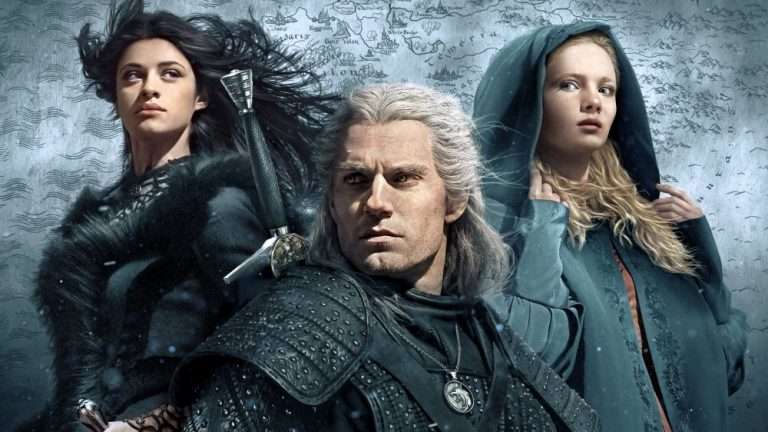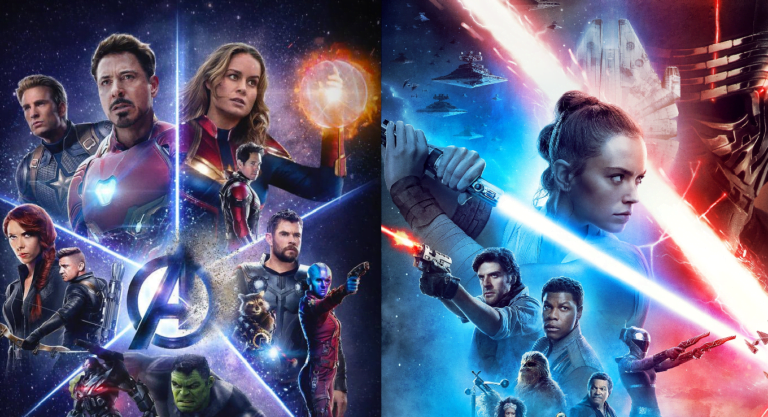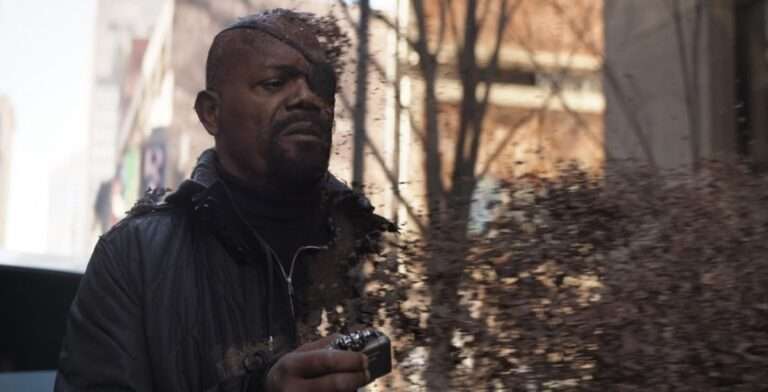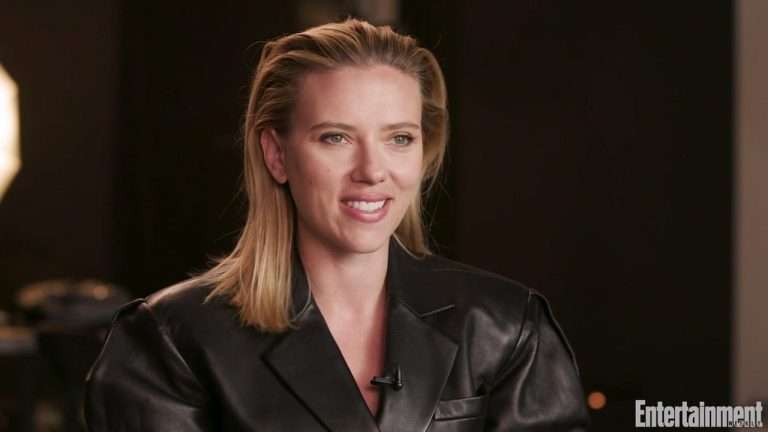City Hunter Live-Action Looks Limiting Rather than Freeing

Ryo Saeba, the protagonist of Tsukasa Hojo’s “City Hunter” manga series, isn’t exactly a hero suited for today’s world. Operating in Tokyo’s gritty Kabukicho district, he’s a skilled investigator with a penchant for lewd behavior. Clients seeking his assistance can leave messages at Shinjuku Station, but they should know he prefers attractive customers and tends to avoid looking at their faces during conversations.
First introduced in 1985, Ryo Saeba became iconic through a long-lasting anime series where he was voiced by Akira Kamiya. However, his character reflects values from a different era, posing a challenge for any modern adaptation.
Live-Action of City Hunter Takes Creative Liberty

It’s a breath of fresh air to encounter a manga adaptation that respects the source material while also taking liberties with its interpretation. Director Yuichi Sato, working from a script by Tatsuro Mishima, expands on a storyline that was overlooked in the original, detailing how Ryo forms a partnership with Kaori after the untimely death of his former partner, Hideyuki.
Hideyuki’s demise is linked to a dangerous experimental drug that grants individuals superhuman abilities but often proves fatal. Among the test subjects, only one survives a cosplayer named Kurumi, whom Ryo and Kaori take under their wing as they endeavor to shield her from a criminal organization known as the Union.
Places where Live-Action Fell Short
The intricacies of the conspiracy plot are so convoluted that they taint even seemingly straightforward scenes in City Hunter. For instance, Hideyuki’s murder is depicted with confusing spatial orientation and prolonged action, reminiscent of the kind of editing typically seen in animation. In live action, it’s challenging to salvage scenes where the focus is on an actor’s face while a stabbing occurs nearby, leaving viewers uncertain about the character’s awareness.
City Hunter oscillates between mediocre-to-poor scenes of sci-fi intrigue and moments like Ryo and Kaori’s surveillance at a cosplay convention, where Ryo’s lecherous behavior contrasts with Kaori’s attempts to rein him in. This scene also pays homage to the original material, featuring a giant hammer as a playful nod to Kaori’s character, albeit in the form of a cosplay prop rather than a weapon. Despite the chauvinistic undertones dictating Ryo’s role as the primary shooter, Kaori still proves her competence in action sequences.
The challenges arise when the performers delve into hidden revelations, express anguished cries, and contemplate the potential futility of seeking revenge. These melodramatic elements might have been more effective in animated form or print. However, in this adaptation of City Hunter, these serious moments fail to blend seamlessly with its lighthearted tone. Instead, the transition from animation to live-action begins to feel restrictive rather than creatively liberating.
City Hunter is now streaming on Netflix.






